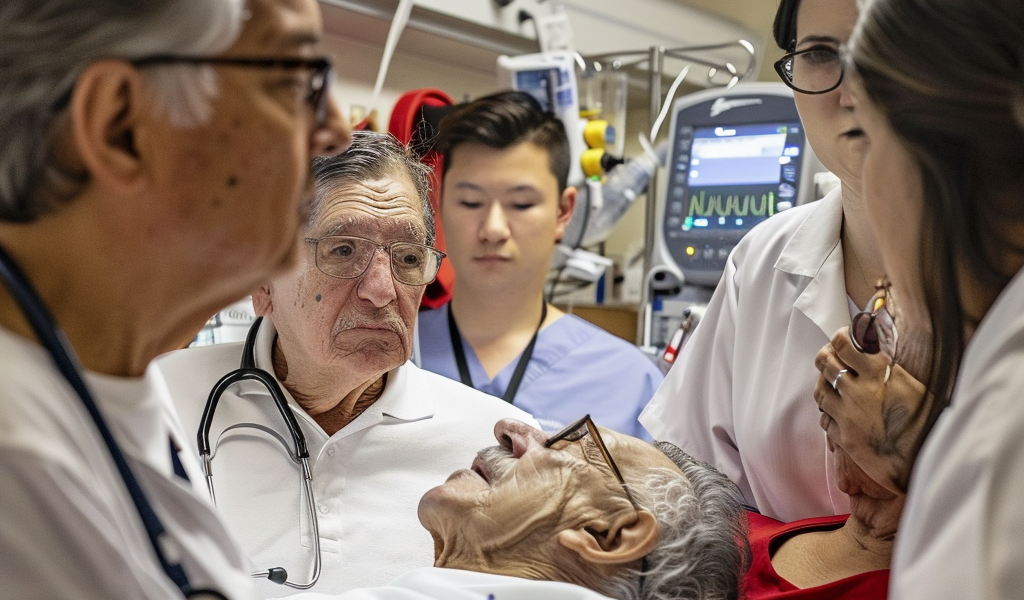Hispanic Americans who are hospitalized and placed on ventilators have a higher risk of death than their white peers, and new research may reveal a reason why. The study found that Hispanic patients in respiratory failure receive heavy sedation at a rate that is five times that of white patients, according to researchers at New York University (NYU). That could lower their odds for survival, said a team led by NYU’s Mari Armstrong-Hough, an assistant professor of social and behavioral sciences and epidemiology at the NYU School of Global Public Health.
Along with colleagues at the University of Michigan, the NYU researchers tracked data from a clinical trial underway at 48 U.S. hospitals. The study included 505 patients stricken with acute respiratory distress syndrome (ARDS). ARDS involves a dangerous buildup of fluid in the lungs, impairing breathing and low blood oxygen levels. ARDS can develop as a consequences of severe COVID-19 or sepsis. Typical care involves sedation and placement on a ventilator.
Looking at the study data, Armstrong-Hough’s group found that over 90% of the patients did receive heavy sedation at some point during their first five days on the ventilator. Overall, patients spent an average of 75% of those five days deeply sedated. After accounting for a number of possible confounding factors, the researchers found that Hispanic patients experienced that intensity of sedation at five times the rate of white patients. The findings were published recently in the Annals of the American Thoracic Society.
It’s not yet clear why Hispanic patients are heavily sedated more often, although the team speculate that language barriers and cultural differences between patients, their families and hospital staff might be a factor. Other factors might be differences in the quality of hospitals that serve a Hispanic clientele, or what the researcher





